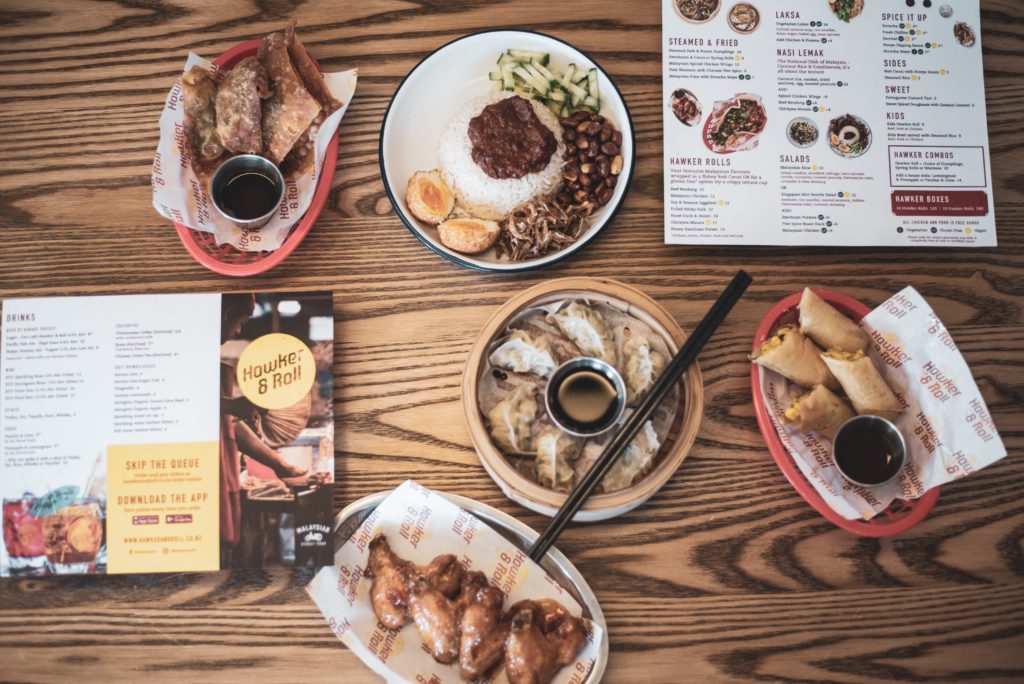
Macronutrients:
o Water
o Proteins
o Fats
o Carbohydrates
o Dietary fiber
o Vitamins
o Minerals
Remember that 80–85% of our diet is made up of “pure” foods and 15–20% are snacks.
“Pure” foods are those that contain the macronutrients we need.
PROTEINS
Proteins, according to the source of production, are divided into animal and vegetable.
Products that are sources of protein of high “biological value” are eggs, cottage cheese, soy, fish, seafood, white chicken meat, turkey, beef, rabbit, liver.
Vegetable Protein Sources: Soy milk, tofu, oats, avocado, broccoli, spinach, chickpeas, mushrooms, legumes, lentils, cauliflower, asparagus, nuts, pumpkin seeds.
FATS
Fats are distinguished by the composition of fatty acids:
o Unsaturated (vegetable fats)
o Saturated (animal fats)
Sources of Fat: Fatty fish, meat, egg yolks, butter, avocados, nuts, seeds, UNREFINED oils.
The diet must include both vegetable and animal fats, 30–40% vegetables, and 60–70% of animal origin.
CARBOHYDRATES
Carbohydrates are the main source of energy for intense muscle activity.
Sources of carbohydrates: TSP pasta, legumes, all cereals, potatoes, and all starchy vegetables, bread, fruits.
MAKING THE MENU
For example, your daily calorie intake in deficit could be = 1750
For about 1500 kcal, we can compose a menu of “pure” products, the rest – can be snacks.
1) THE BASE DIET!
You can make your own list of products that you often use. It is very convenient! First, you don’t have to think about what to cook. Secondly, any product from the base can be replaced with a similar one (instead of chicken – fish, instead of pasta – rice).
We select products that are familiar to you from the list above.
We make a menu from them
For example,
o Breakfast oatmeal + cheese + fruit
o Lunchmeat + buckwheat + vegetable salad
o Snack cottage cheese + nuts
o Dinner fish + pasta tsp + vegetables
2) We remove Fast food. If you really want to, we enter the calorie content and Proteins, Fats, Carbohydrates into our norm (but not more often than 1-2 times a month)
3) Start with simpler dishes, so it’s easier to count the calorie intake. Complex dishes can be read on the website https://www.myfitnesspal.com/
4) We draw up the menu in advance (for example, tonight for tomorrow)
5) It is better to cook common and delicious meals for the whole family. If you cook for yourself separately, chances are you will also try what you cooked for the family.
This is a simple action plan that can easily get you started on your healthy eating journey! If you have questions or need a free 1 on 1 consultation. use the link below to reach me on the Dokitari health app.
https://dokitari.page.link/VanPFosQLXo6gSXY8?doctorId=I5SUSnsBCihpVqhCUHzHUol3LxU2
